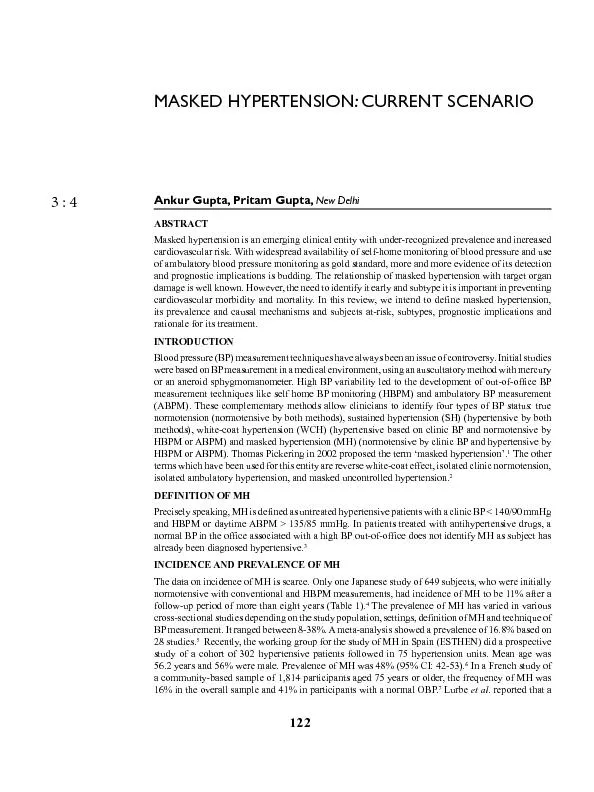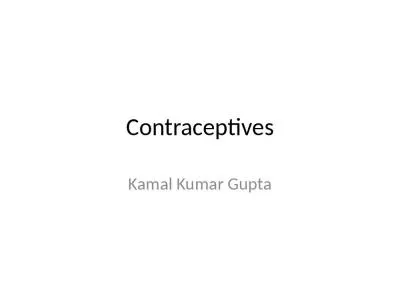PPT-Family Planning Kamal Kumar Gupta
Author : megan | Published Date : 2022-05-31
Sterilization Sterilization is a procedure that renders an individual incapable of further reproduction The principal method for sterilization of males is a vasectomy
Presentation Embed Code
Download Presentation
Download Presentation The PPT/PDF document "Family Planning Kamal Kumar Gupta" is the property of its rightful owner. Permission is granted to download and print the materials on this website for personal, non-commercial use only, and to display it on your personal computer provided you do not modify the materials and that you retain all copyright notices contained in the materials. By downloading content from our website, you accept the terms of this agreement.
Family Planning Kamal Kumar Gupta: Transcript
Download Rules Of Document
"Family Planning Kamal Kumar Gupta"The content belongs to its owner. You may download and print it for personal use, without modification, and keep all copyright notices. By downloading, you agree to these terms.
Related Documents














